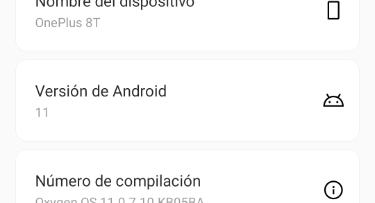Some headlines say that WhatsApp will stop working from April 1, 2002 on many phones, but the reality is different. The last change in mobile phones supported by WhatsApp was in November 2021, affecting very few users.
Therefore, on April 1, everything will remain the same on WhatsApp, and no phone model will stop working on that day . If new devices are discontinued in 2022 it will be announced at a later date, and we don’t know what those would be yet.
At the end of 2021, the few phones with Android 4.0 Ice Cream Sandwich and earlier that were still in use were affected. If we have Android 4.1 Jelly Bean or higher we can be calm , the change in WhatsApp has not harmed us, and next April 1st it will not either.
To put us in context, Android 4.0 was released in 2011 . Very few users still have a 10-year-old phone, even for basic tasks like sending WhatsApp messages. The most recent version of Google’s operating system is Android 12, to get an idea of the evolution of the platform.
Some mobiles with Android 4.0 are the Samsung Galaxy S III, the Galaxy Nexus or the Huawei Ascend P1 . Very few people will keep phones like these, especially since their batteries will barely have capacity after so long.
We have explained how to know what version of Android a mobile has, to ensure that we will continue to receive WhatsApp updates in the future.

It is very difficult for a mobile to last more than 5 years no matter how careful we are, because the screen can break due to an accident, the battery loses autonomy and many other components usually fail before.
We have compiled the mobiles compatible with WhatsApp in 2022, but we will rarely have to buy a new one because the messaging application is not going to work for us, since it is not very demanding in this regard.
In short, no mobile will stop working with WhatsApp on April 1, 2022 , as phones prior to Android 4.1 lost support months ago, and represented a tiny part of those who accessed the messaging service.
